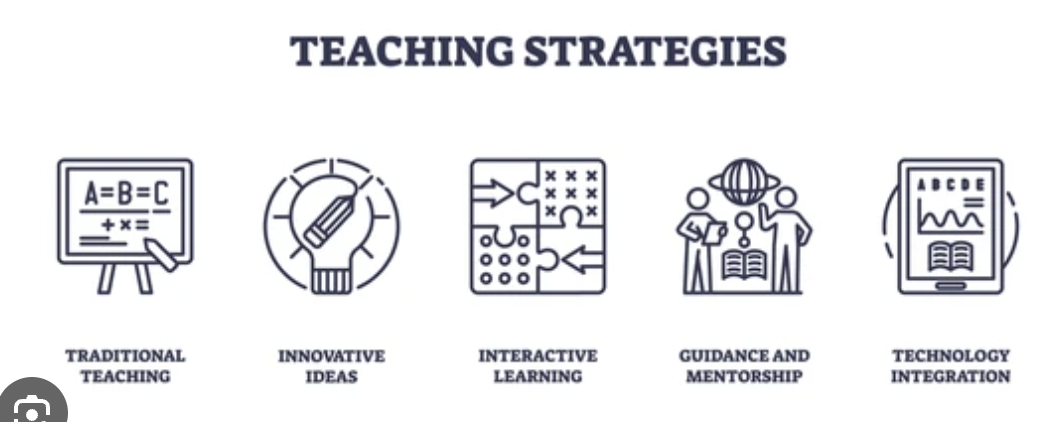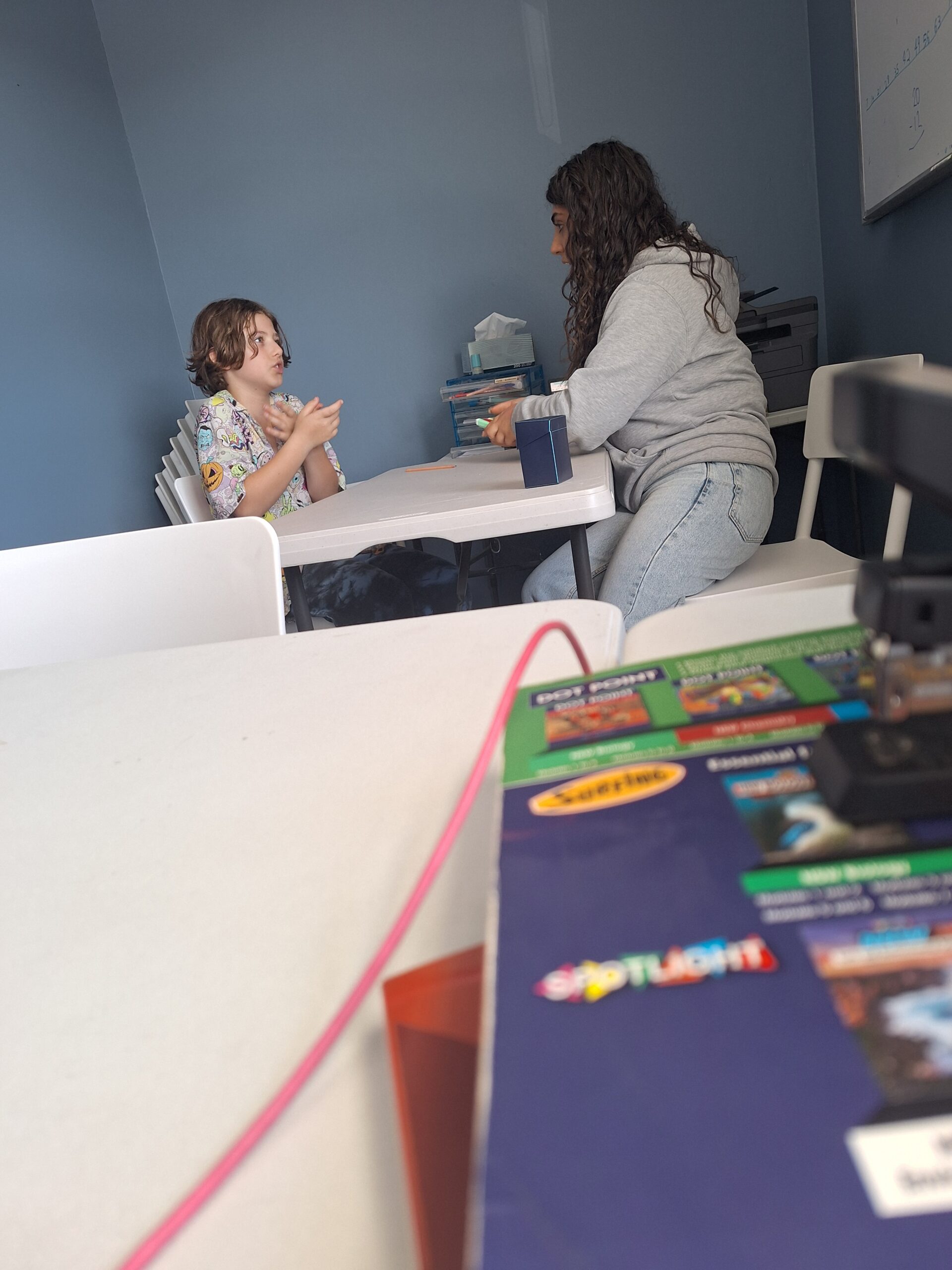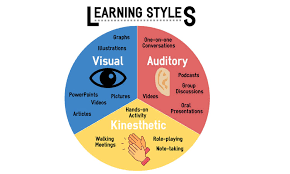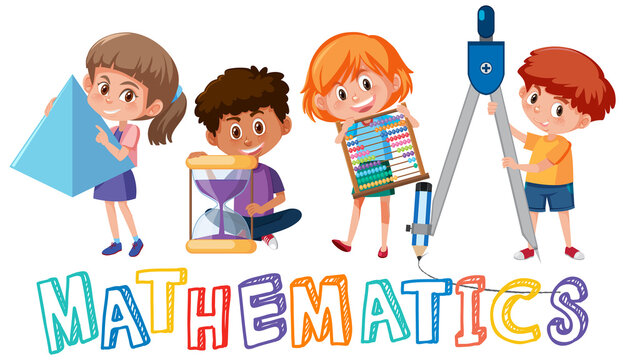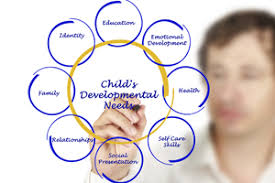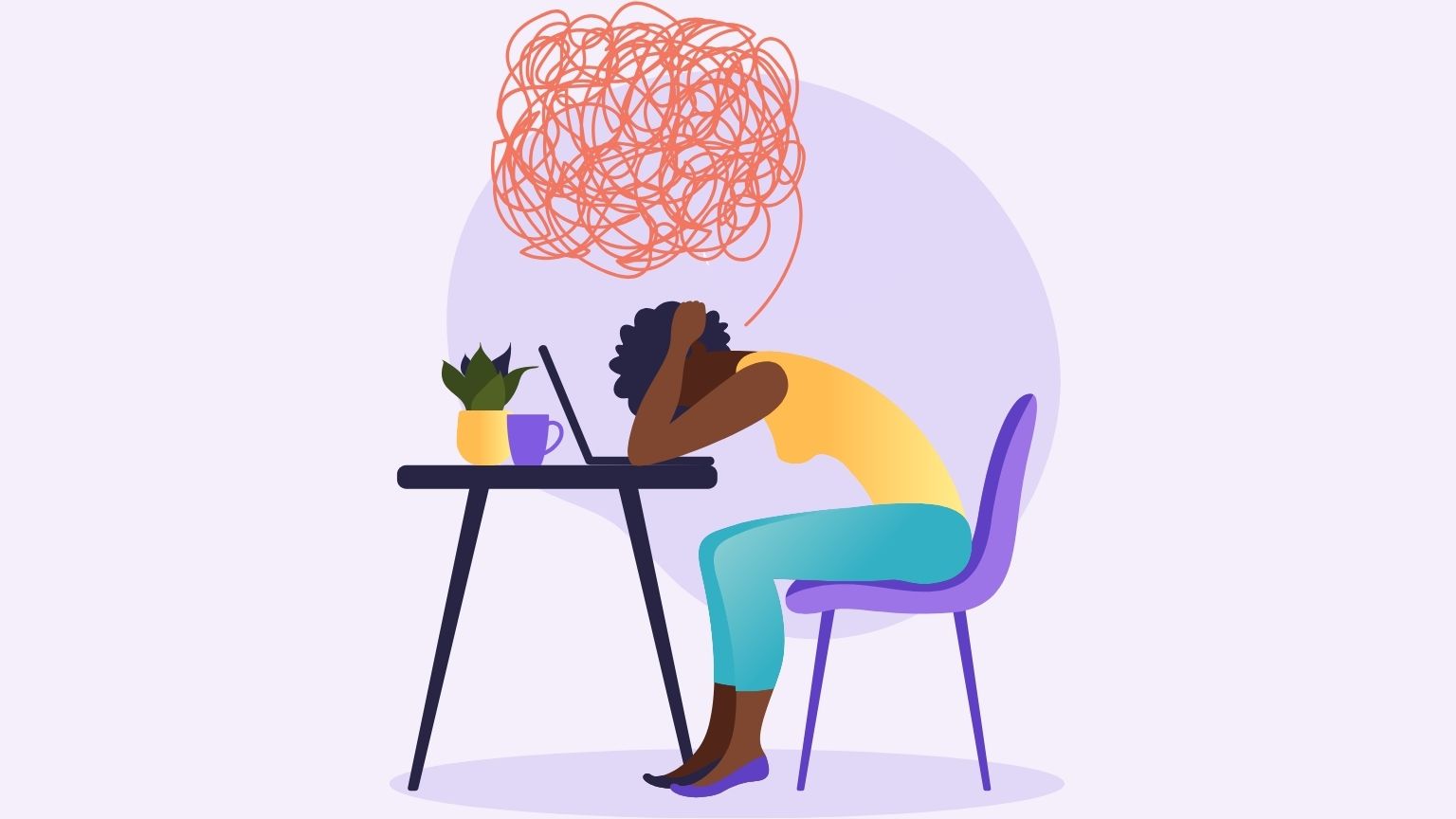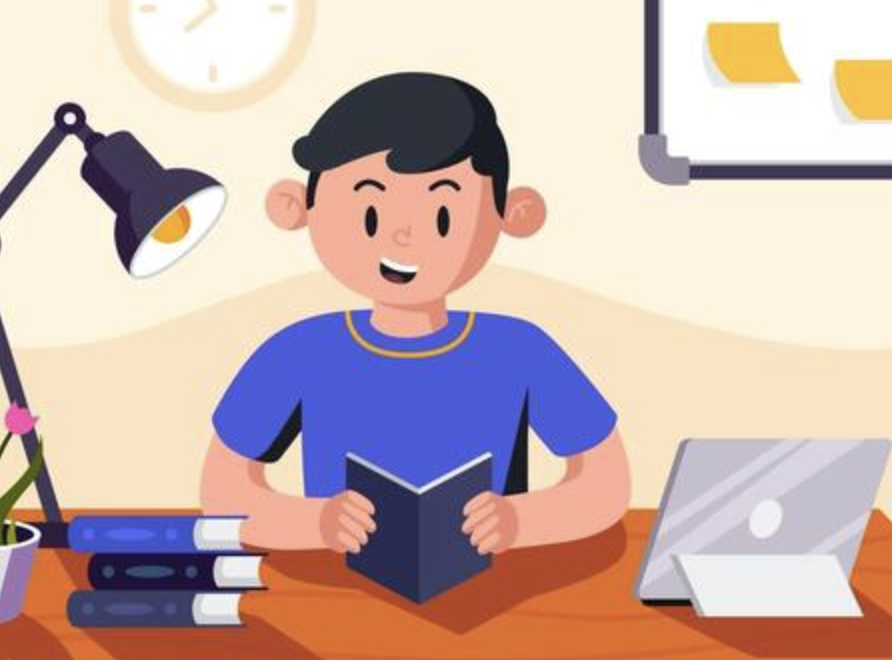
Every child learns differently, and it’s perfectly normal for students to struggle in certain subjects at some point in their education. Whether it’s math, reading, or science, a parent’s support can make a huge difference in helping a child build confidence and overcome challenges. A few ways parents can offer meaningful support when their child is having a tough time in school.
Starting with understanding rather than frustration. When a child struggles, they often feel embarrassed or defeated. Instead of focusing on grades, ask questions like, “What part of this is confusing?” or “How can I help you feel more comfortable with this topic?” Showing empathy and patience helps your child feel safe enough to express what they’re struggling with.
Create a positive learning environment at home. Set aside a quiet, distraction-free space for studying, and stick to a consistent routine. Short and focused study sessions are more effective than long and stressful ones. Encouraging breaks, movement, and rewards to keep motivation up is another great way to help.
Collaboration with teachers is also key. Teachers can offer insights into your child’s learning style, suggest extra resources, or recommend tutoring if needed. Open communication ensures that everyone is working toward the same goal, your child’s growth and confidence.
Finally, celebrate small victories. Improvement takes time, and recognising progress, no matter the size, can boost your child’s confidence and motivation. Remind them that struggling doesn’t mean failure; it’s part of the learning process.
With patience, encouragement, and the right support, students can turn struggles into strengths and learn how to learn. When parents focus on effort and perseverance rather than perfection, children learn that effort is the only way to succeed and that struggling is the best indicator that what you’re learning is worth it.
Olivia Moustakis


